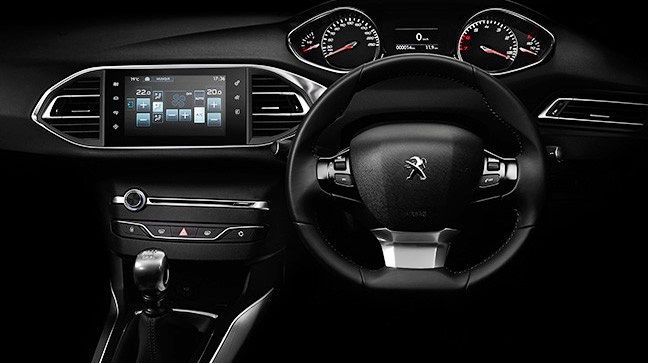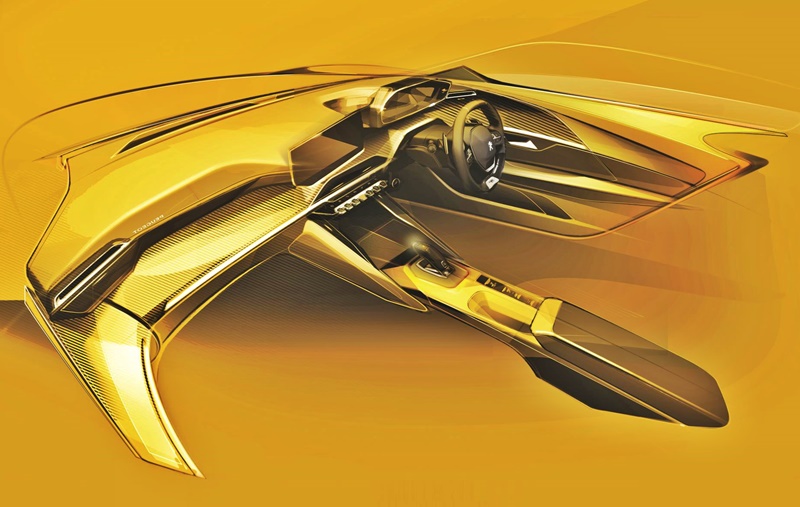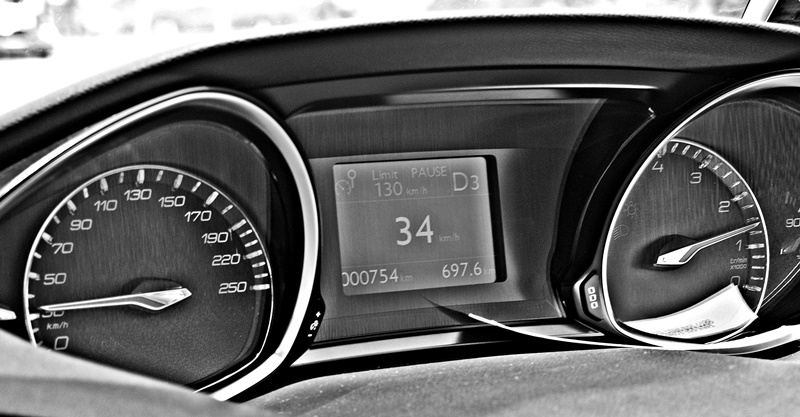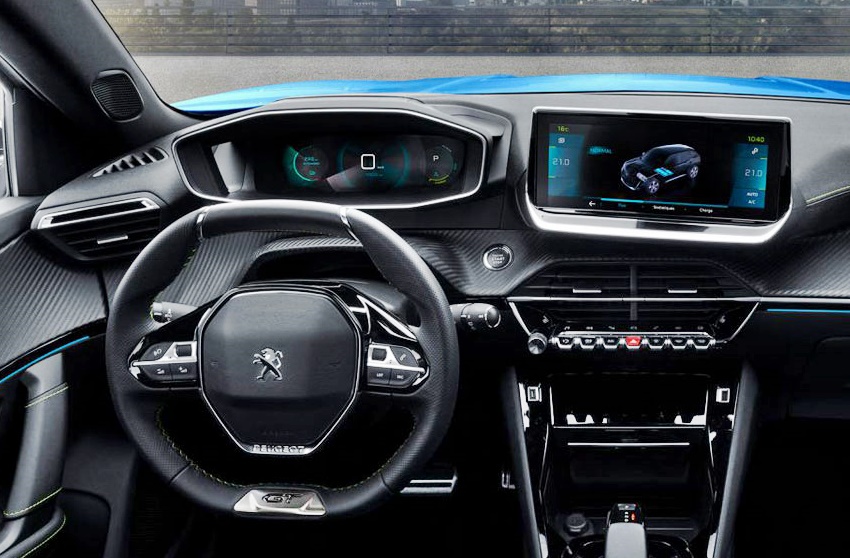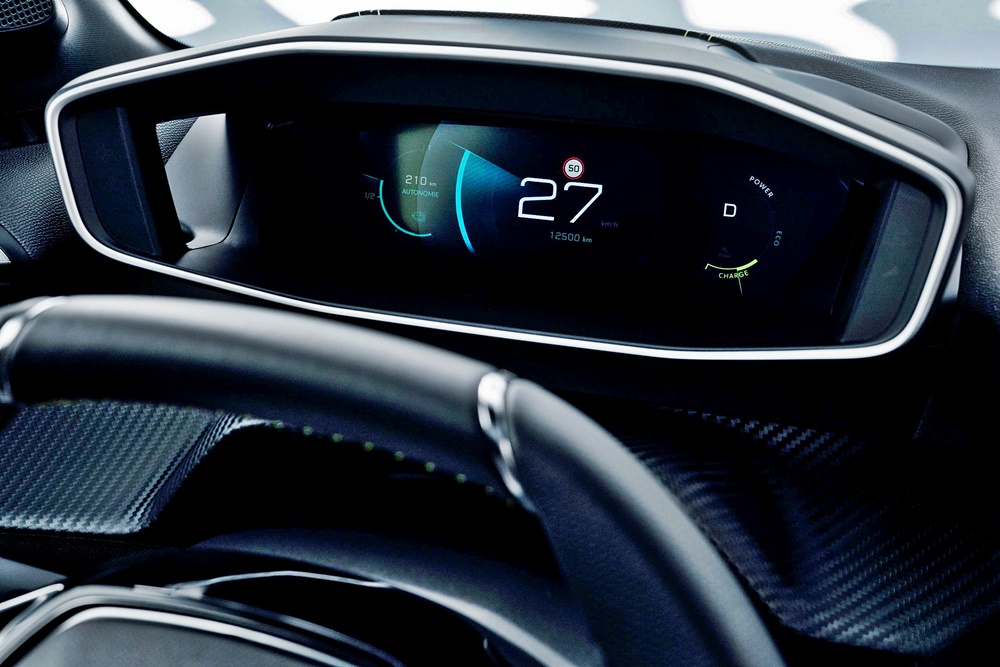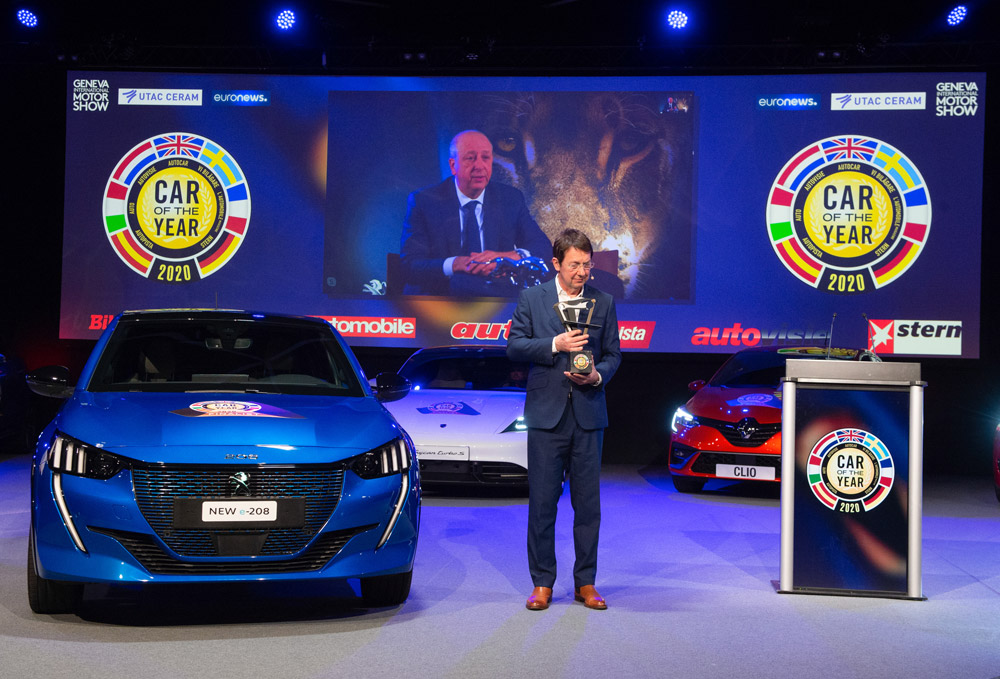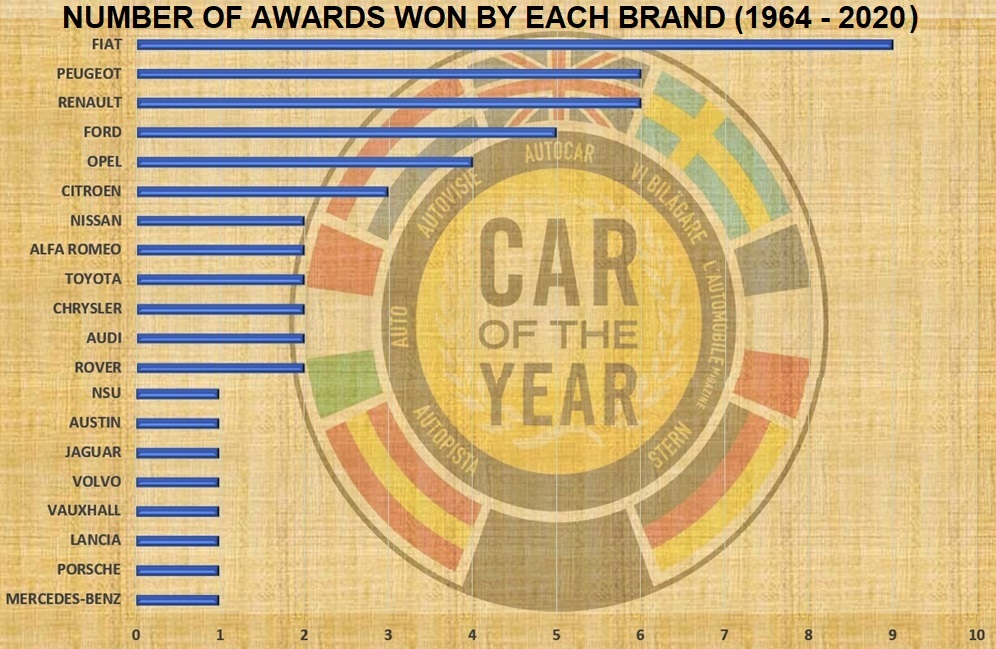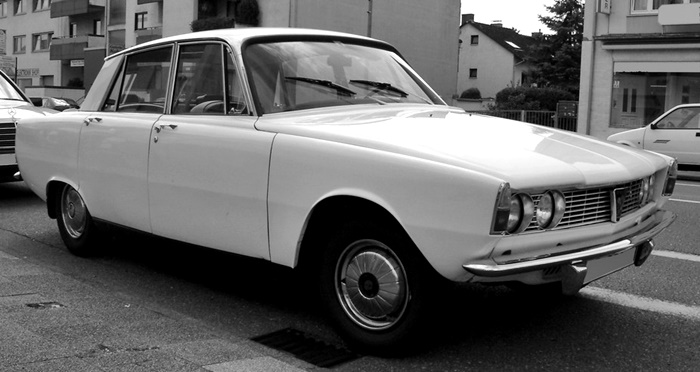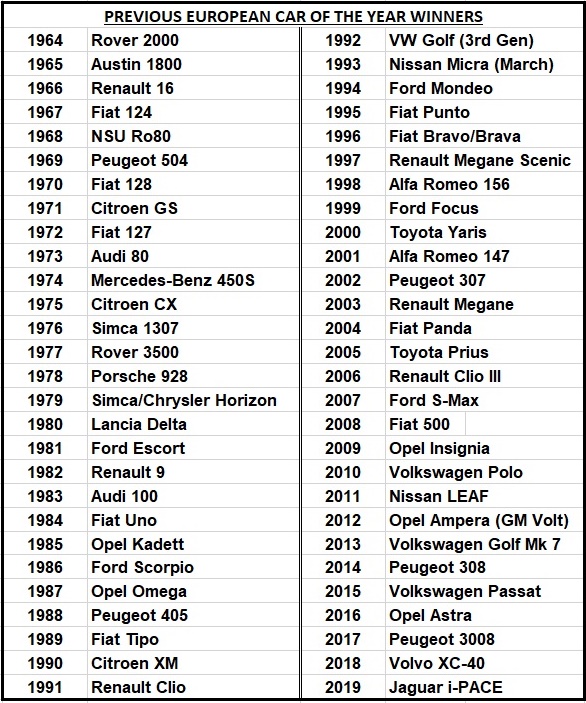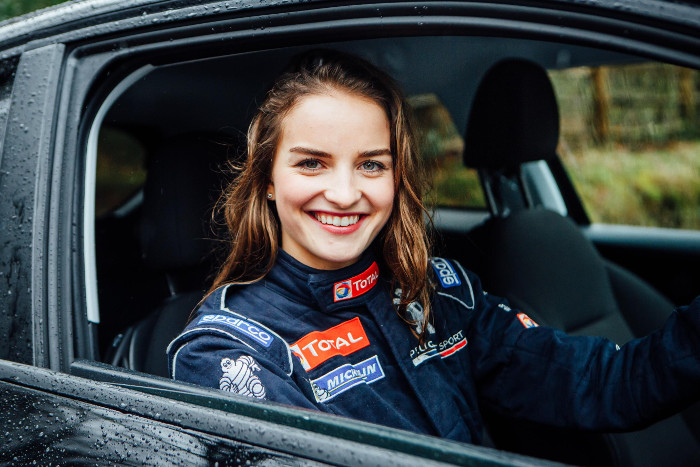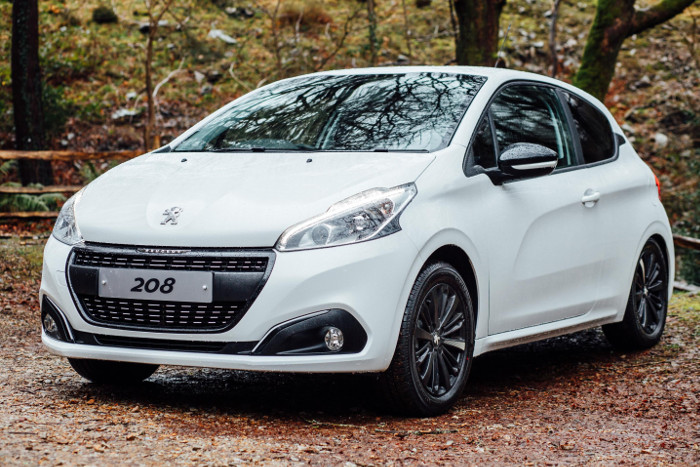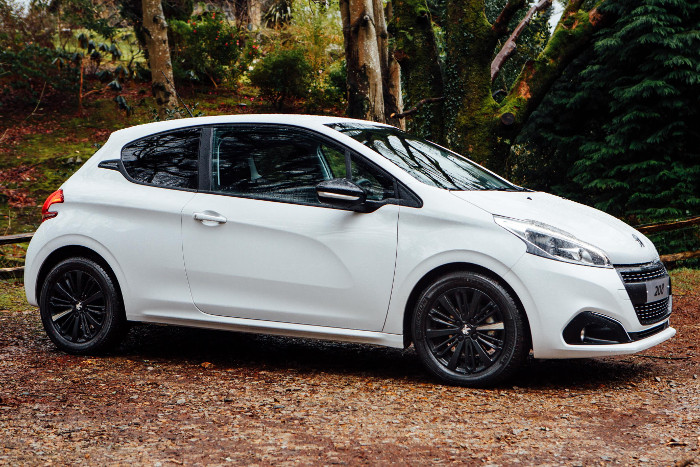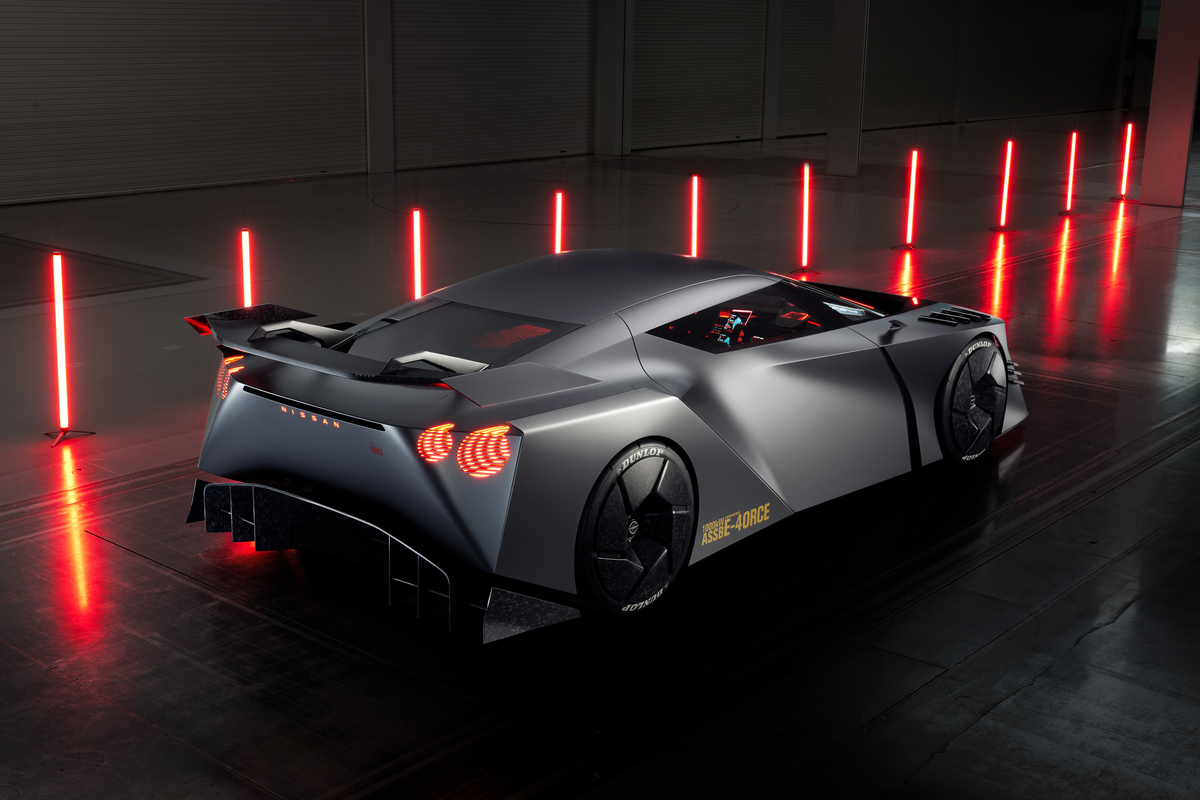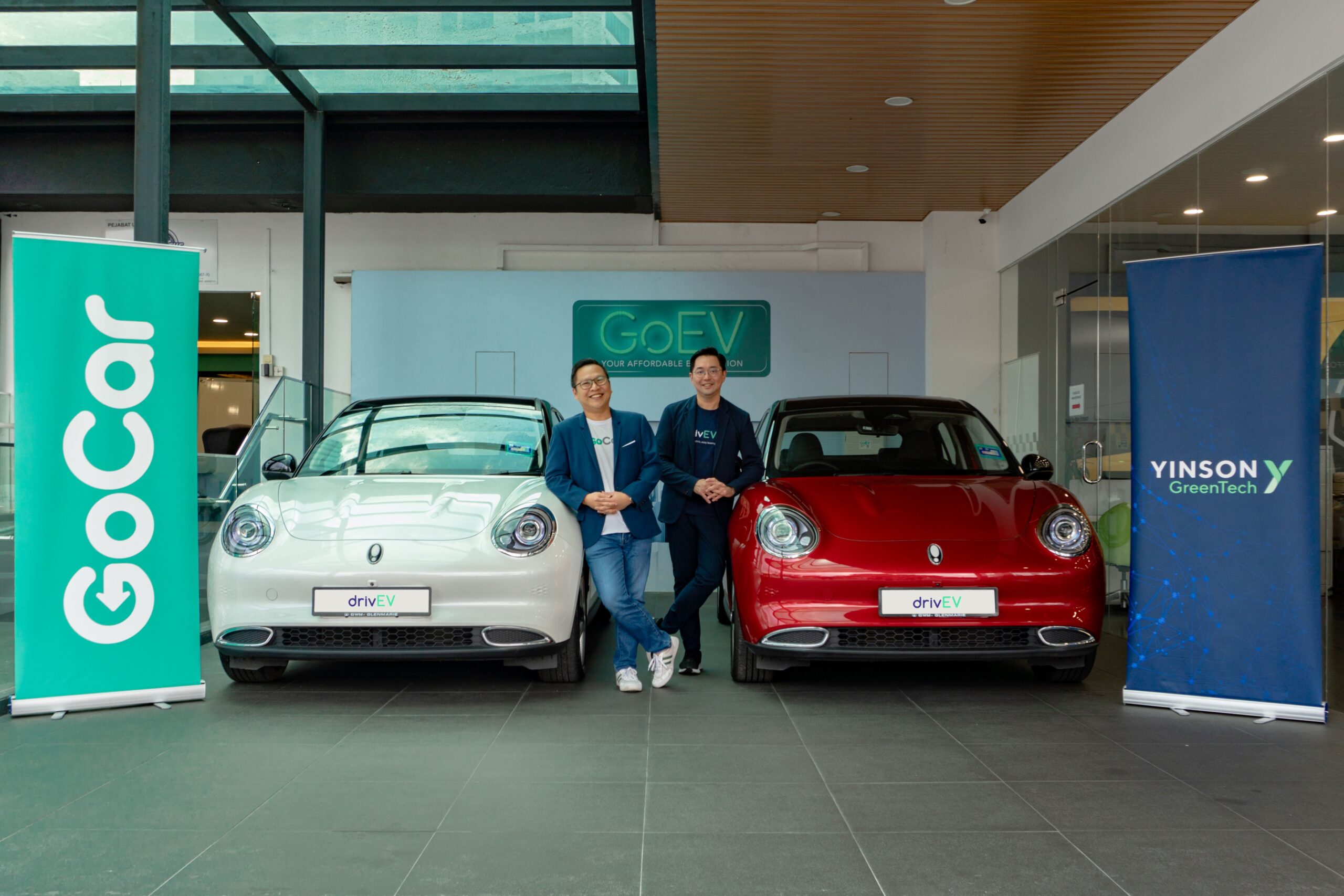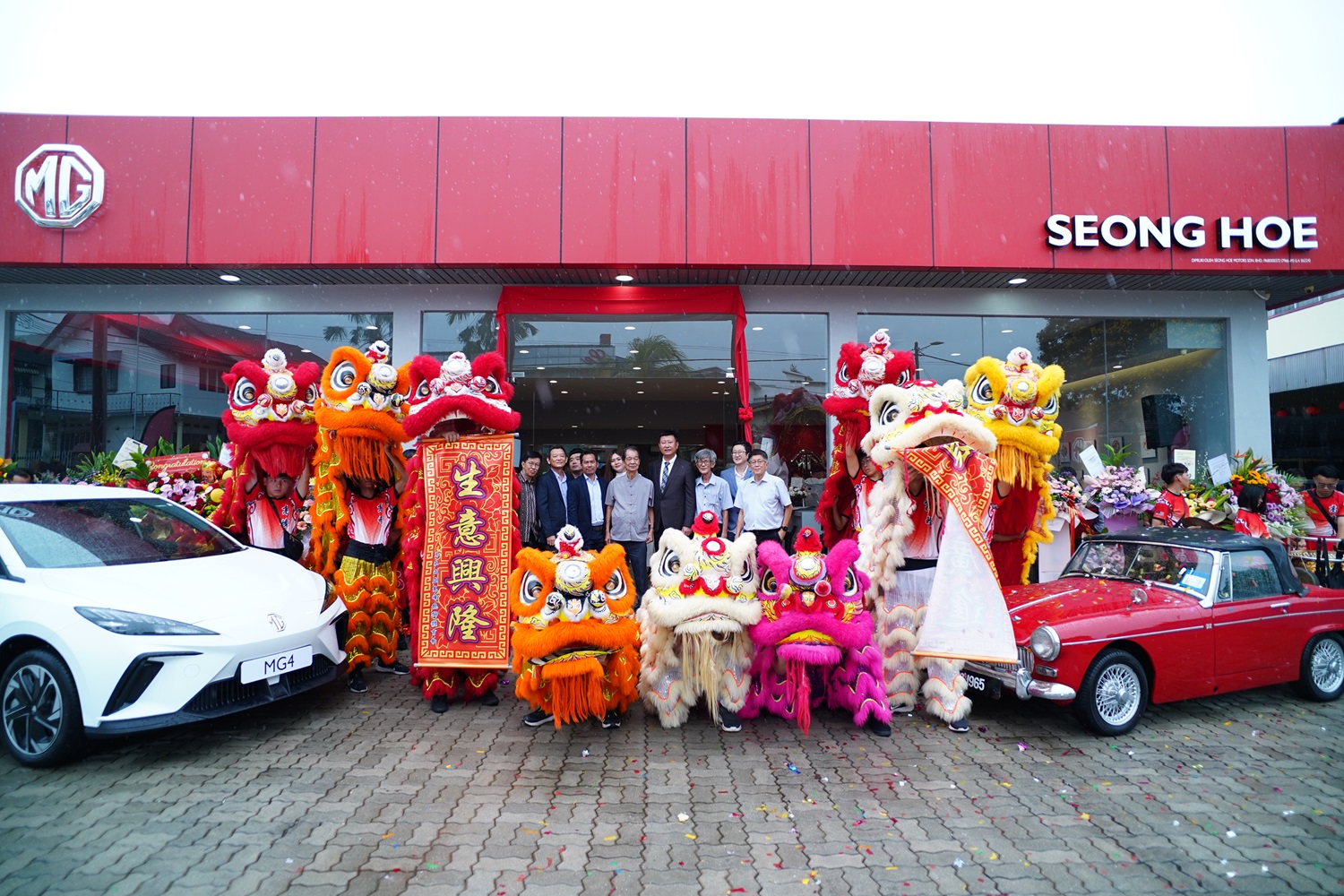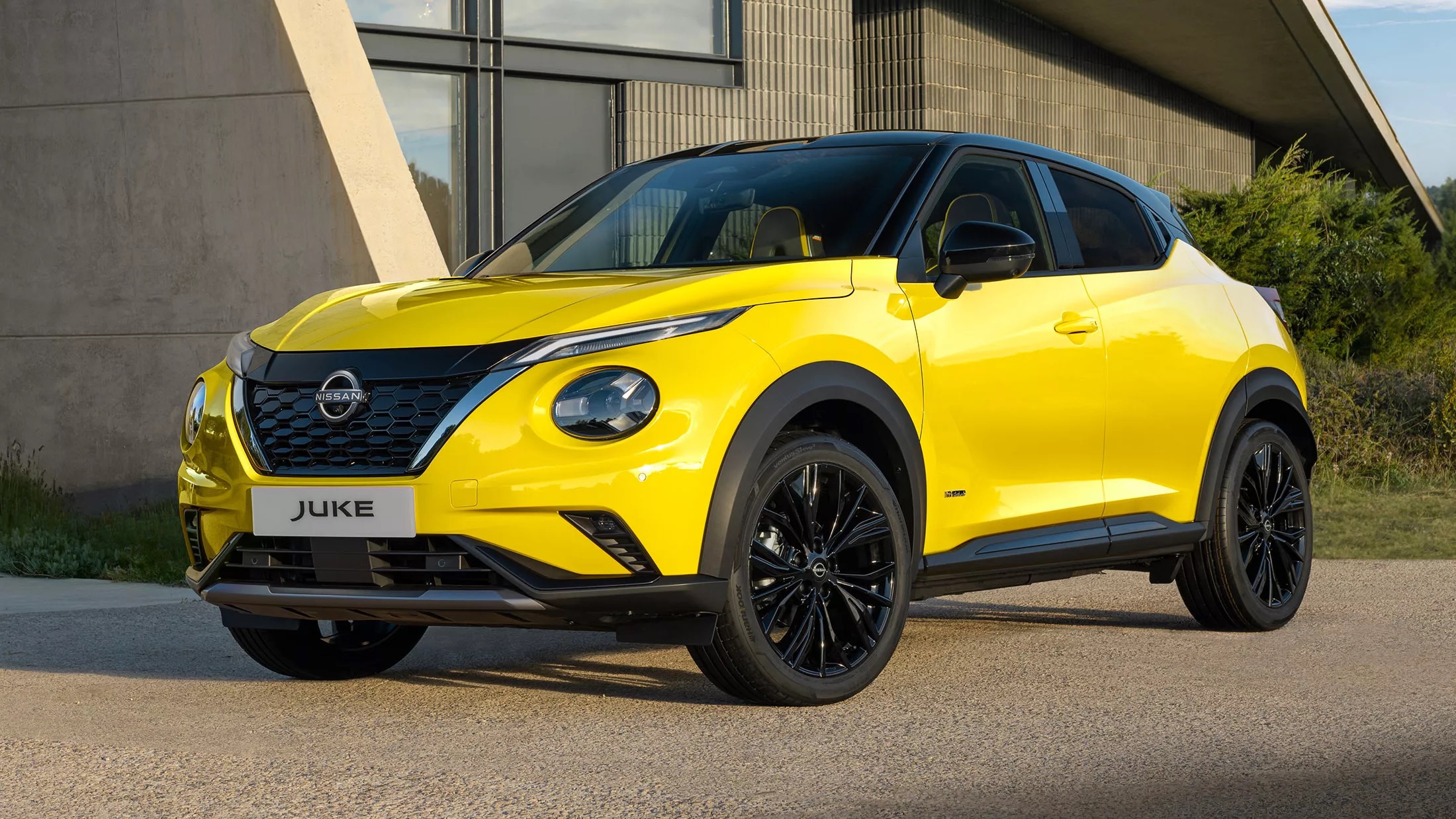The 2020-2021 Japan Car of the Year is the Subaru Levorg, giving the Japanese carmaker its third overall title in the event which has been on since 1980. The Levorg was chosen this year’s list of nominees numbering 33, of which 13 were from Japanese brands and the remainder from other global manufacturers.
From the 33 nominees, which must be new models introduced and sold in the Japanese market from November 2019 to October 31 of the current year (in this case, 2020), ten models were chosen as the ‘Ten Best Cars’. These were considered the finalists, from which one would become the Japan Car of the Year after the judges had evaluated all of them.
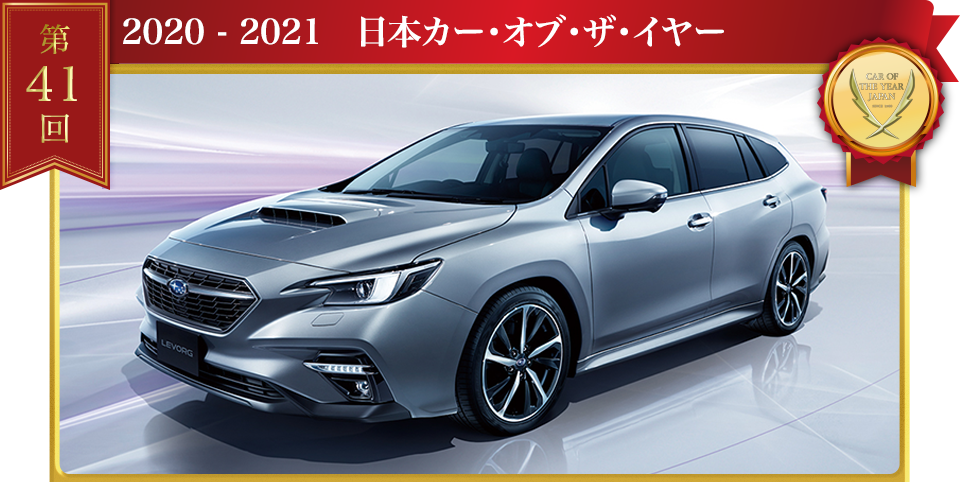
The Levorg impressed the judging panel with its combination of the Subaru Global Platform and the full inner frame structure which provides a high level of both maneuverability and comfort. The newly developed 1.8-litre direct-injection turbocharged engine was also found to emphasize ease of use in everyday life. The judges also found that the interior had evolved significantly, with the finish being a suitable benchmark for this decade. Also praised was the advanced driver assistance system ‘EyeSight X’ that utilizes 3D high-precision map data and other information from GPS.
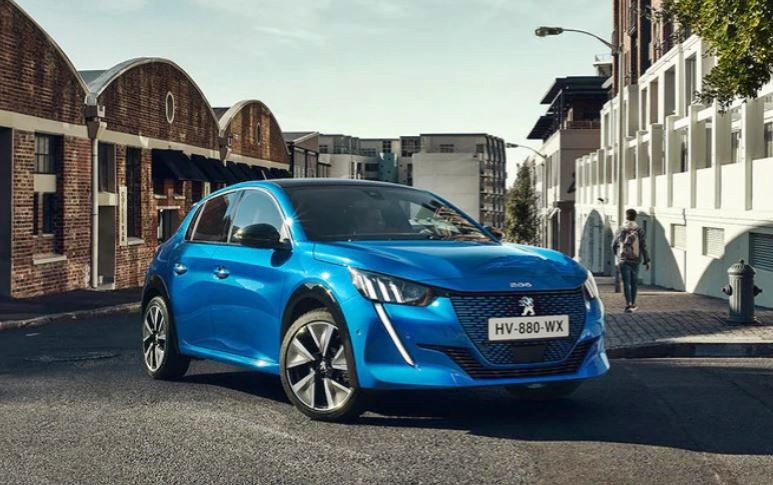
Among the non-Japanese brands, the highest score went to the Peugeot 208/e-208. Comments from the judges highlighted the high-quality ride that is above class-average and excellent handling. The high quality of the interior and exterior design as well as the good pricing of the e-208 EV also scored points.
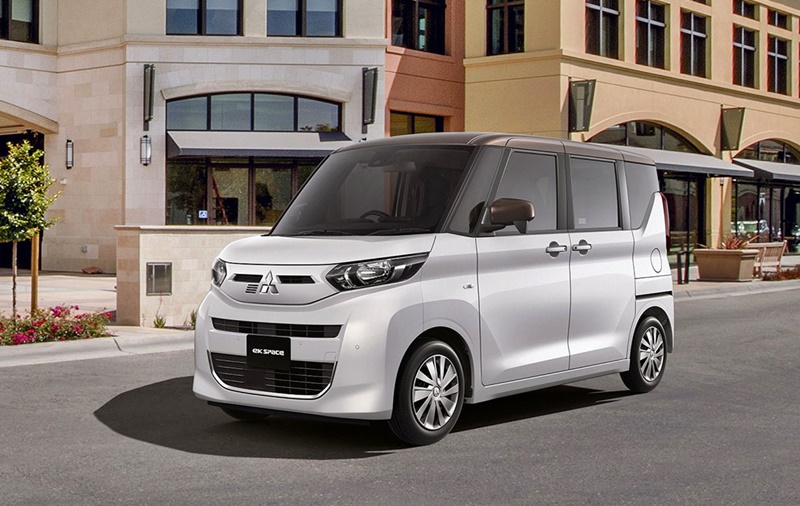
2020 – 2021 Japan Car of the Year
1. Subaru Levorg – 437 points
2. Honda Fit/Jazz – 320 points
3. Toyota Yaris/Yaris Cross/GR Yaris – 300 points
4. Peugeot 208/e-208 – 141 points
5. Land Rover Defender – 105 points
6. Audi e-tron Sportback – 65 points
7. Mazda MX-30 – 63 points
8. Alpina BMW ALPINA B3 – 25 points
9. BMW 2-Series Grand Coupe – 24 points
10. Nissan Kicks – 20 points
PAST WINNERS
1980-1981: Mazda Familia (323)
1981-1982: Toyota Soarer
1982-1983: Mazda Capella (626)
1983-1984: Honda Civic
1984-1985: Toyota MR2
1985-1986: Honda Accord
1986-1987: Nissan Pulsar
1987-1988: Mitsubishi Galant
1988-1989: Nissan Silvia SX
1989-1990: Toyota Celsior (Lexus LS)
1990-1991: Mitsubishi Galant
1991-1992: Honda Civic
1992-1993: Nissan March
1993-1994: Honda Accord
1994-1995: Mitsubishi FTO
1995-1996: Honda Civic
1996-1997: Mitsubishi Galant
1997-1998: Toyota Prius
1998-1999: Toyota Altezza (Lexus IS250)
1999-2000: Toyota Vitz (Yaris)
2000-2001: Honda Civic
2001-2002: Honda Fit (Jazz)
2002-2003: Honda Accord
2003-2004: Subaru Legacy
2004-2005: Honda Legend
2005-2006: Mazda MX-5
2006-2007: Lexus LS460
2007-2008: Honda Fit (Jazz)
2008-2009: Toyota iQ
2009-2010: Toyota Prius
2010-2011: Honda CR-Z
2011-2012: Nissan LEAF
2012-2013: Mazda CX-5
2013-2014: Volkswagen Golf 7
2014-2015: Mazda2/Demio
2015-2016: Mazda MX5
2016-2017: Subaru Impreza
2017-2018: Volvo XC60
2018-2019: Volvo XC40
2019-2020: Toyota RAV4






